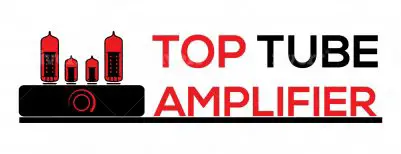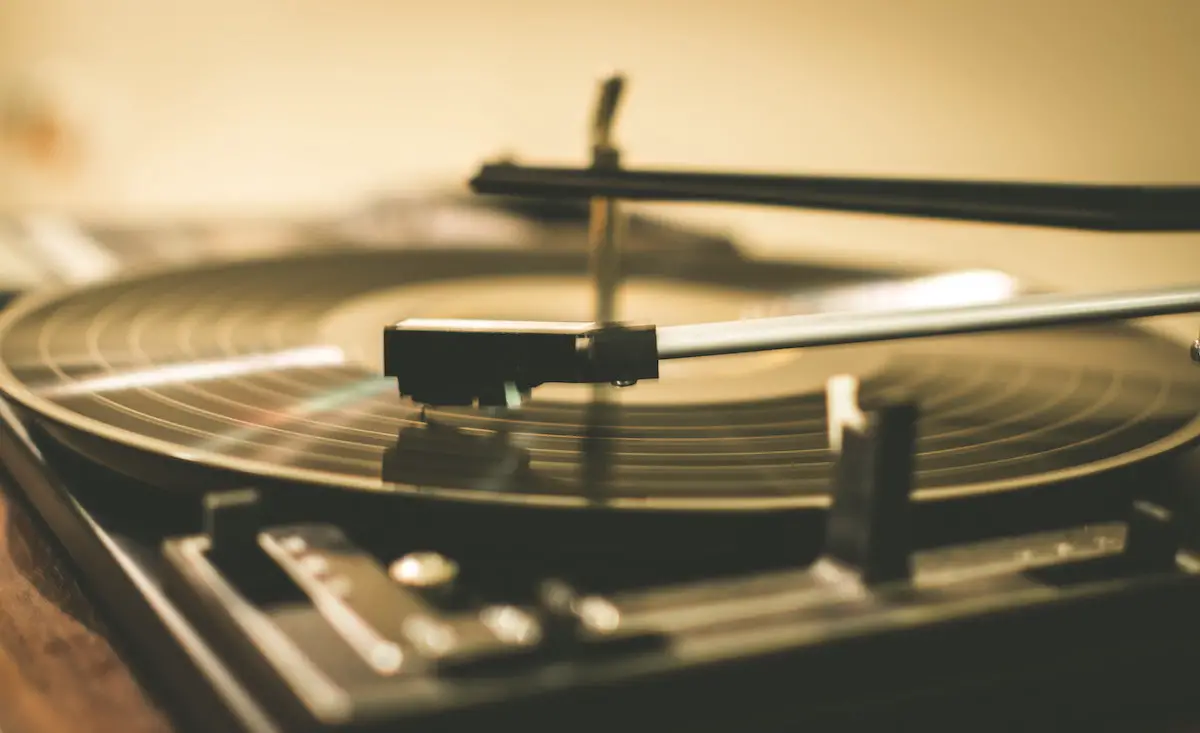Do you ever think about how your record player works? Do you know what parts are most important? It’s necessary for record player and turntable owners to have basic knowledge and understanding about the device he or she litstens. In this article I will cover the most important parts of a record player.

The Turntable
The most important thing to differentiate is between a record player and a turntable. A turntable usually is plugged into an amplifier or a receiver and then attached to speakers.
A record player is a self contained device that has speakers inside and just needs to be plugged into the wall.
So these two terms mean two different things.If you buy a turntable you will also have to buy an amplifier or a receiver, because it doesnt play by itself.
The Needle or The Stylus
The needle (or the stylus) is just the little tiny metal thing that touches the record. It’s the entire housing that holds that tiny metal.
It’s important to note that you cannot mount the stylus in a cartridge that was not designed for.
Each catridge requires a specific needle.
When you put your vinyl record on your turntable splatter and you start a motor to make a platter spin, you gently lower the tone arm onto the records. The diamond stylus will start to read the little waves that are contained inside these record grooves.
When a stylus is moving it prodeces a very small current inside that catridge. This current goes through the wires in the tonearm and makes it way to the connection cable into your amplifier and from there – to your speakers.
The Dust Cover
Usually this transparent plastic part is included with your record player. It protects the entire device from dust.
The Plinth
The plinth is the main body or housing of the record player. It holds all the other parts together.
PLATTER
It’s a part of the turntable that spins and supports the record as it’s being played.
The Motor
The motor is connected to the platter and allows it to sping.
There are two types of motors:
Direct-drive – directly connected to the platter and belt-drive usually connected on one side and spins the platter using a rubber belt.
The Mat
The mat is placed between the plate and the record. It lowers vibration caused by the motor and prevents the metal platter from scratching the underside of your record. It can also affect the sound quality.
The Spindle
The spindle is the center post that holds the record on the platter.
The Cartridge
The cartridge holds the stylus and converts its movements into an electrical signals. Your turntable is equipped with a cartridge that is that is mounted at the front of the toner.
The Headshell
The headshell connects to the cartridge in two ways – using screws on top and four lead wires on bottom. These wires are color-coded in white, red, blue and green.
The Tonearm
The tonearm holds the entire assembly of stylus, cartridge and headshell. THe arm also moves along with the sylus allowing it to ride in the grooves of the record.
It carries the electrical signal from the cartridge to your turntable.
The Counterweight
The counterweight balances the tonearm but most importantly if controls the tracking force. This tracking forse is basically the weight of the needle pressing down whether heavy or light. And if it’s too heavy it’s going the damage the record and the needle. If it’s too light it will skip across the grooves and scratch your records.
Anti-Skaite
It prevents the needle from jumping the groove and skating across the record as it’s playing. It’s like a counter force that prevents the tonearm from being pulled too quickly to the middle of the record.
Height Adjust
It sits at the base of the tonearm and controls the height of the tonearm.
When the tonearm is completely parallel to the record, the needle will sit in the groove perfectly and produce accurate sound.
The Cueing Device
It’s located next to the height ajudst and this tool lowers and lifts the needle from the record.
It prevents lateral or side-to-side movement which can scratch your record.
Start/Stop Button
It starts and stops the motor which spins both the platter and the record.
The Speed Selector
These buttons change the speed of the motor between 33, 45, 78 rpm (revolutions per minute).
Pitch Control
This slider controls the speed of the motor allowing you to raise or lower the pitch (this is mostly a DJ feature).
The Audio Cable
The audio cable is an analog RCA cable extending from the back of the turntable. It has two connections:
left channel which is white, and the right channel which is red.
The Powe Cable
The AC cable plugs into the outlet and powers the entire device.
The Phono Pre-Amplifier
The main job of the phono preamp is to boost the tiny voltage signal that comes generated from the tonearm.
Wher can you find it? Usually you will find it inside your receiver, built in your turntable (yes, some record players have built-in preamps) or in separate box that plugs in between the turntable and the receiver.

